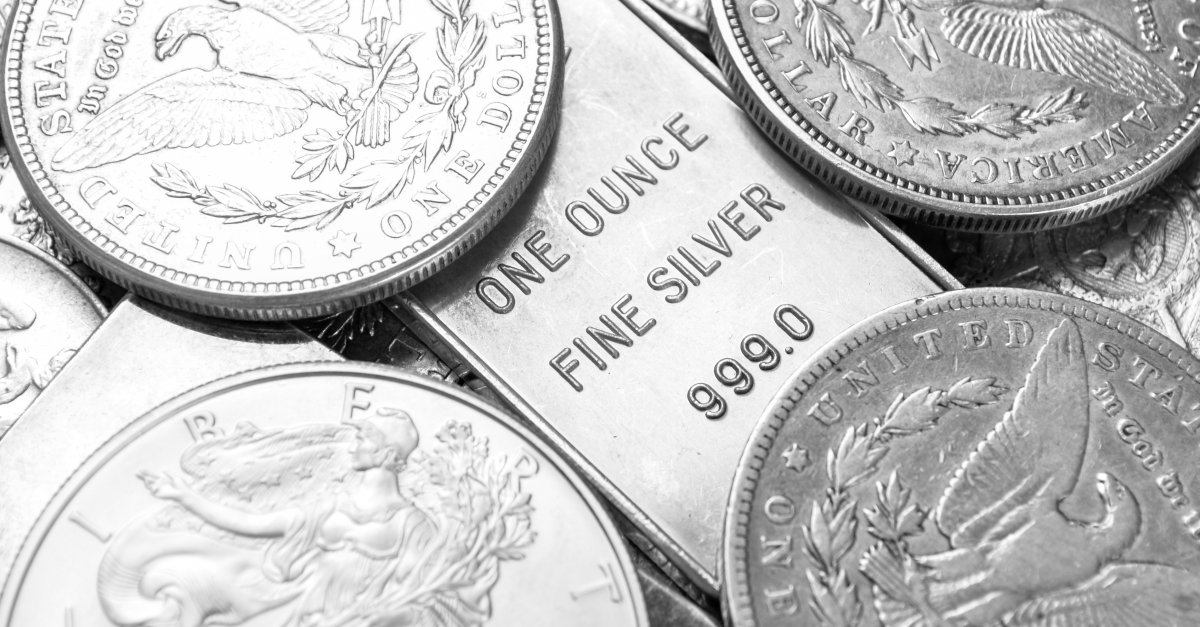Gold is always a precious metal for many hundred years.
jimmy1024 —Mon, 10/17/2022 - 17:45
Background:

For many centuries, gold has been considered a precious metal. Long-term international gold prices are determined by semi-flexible gold demand and supply chain. The United States of America is ranked as the world's largest gold producer. The primary objectives of this study are to identify the essential macroeconomic variable that plays the most significant role in the process and to investigate the dynamic factors that influence the price of gold.
Using a formal time series test to investigate cointegration relationships, this paper examines the relationship between the gold price and other factors over the course of 13 years in the United States. From January 2003 to June 2016, monthly data were used in this study.
The Energy Information Administration of the United States and the Federal Reserve, the nation's central bank, provide databases.EViews 8, a data analysis software package, was used. The Dow Jones Index, the US exchange rate, silver price , interest rates, oil prices, and inflation rates—all of which are thought to have the greatest impact on gold prices—have been examined throughout the time series. The conditional heteroscedastic model used to estimate volatility is found during the data analysis. As a result, the exponential GARCH model, which best fits the data set, is preferred.
Gold prices and the US exchange rate have the strongest negative correlation, according to empirical analyses in the United States. Second, there is a positive correlation between oil prices, gold price , and silver prices. The study also focuses on the fact that traders and hedgers from all over the world were able to drive prices to incredible heights, despite the fact that economic and political structural breaks weighed heavily. The inclusion of macroeconomic variables in our analysis adds value because they have proven to be crucial to the price of gold in the light of the current economic structure.
Using a formal time series test to investigate cointegration relationships, this paper examines the relationship between the gold price and other factors over the course of 13 years in the United States. From January 2003 to June 2016, monthly data were used in this study.
The Energy Information Administration of the United States and the Federal Reserve, the nation's central bank, provide databases.EViews 8, a data analysis software package, was used. The Dow Jones Index, the US exchange rate, silver price , interest rates, oil prices, and inflation rates—all of which are thought to have the greatest impact on gold prices—have been examined throughout the time series. The conditional heteroscedastic model used to estimate volatility is found during the data analysis. As a result, the exponential GARCH model, which best fits the data set, is preferred.
Gold prices and the US exchange rate have the strongest negative correlation, according to empirical analyses in the United States. Second, there is a positive correlation between oil prices, gold price , and silver prices. The study also focuses on the fact that traders and hedgers from all over the world were able to drive prices to incredible heights, despite the fact that economic and political structural breaks weighed heavily. The inclusion of macroeconomic variables in our analysis adds value because they have proven to be crucial to the price of gold in the light of the current economic structure.
